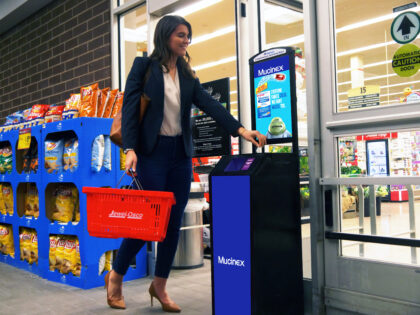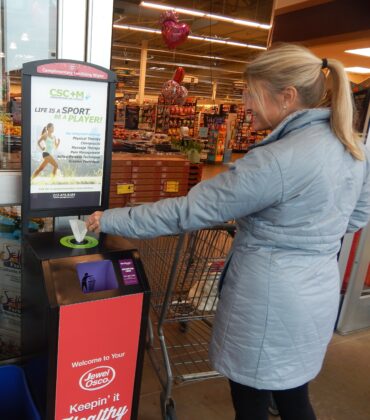DOOH Measurement isn’t as straightforward as you might think.
In this article, I’ll show you how to measure DOOH and how you can use the data to form better campaigns.
Keep reading.
Measuring Out Of Home Advertising
The problem with physical advertising is that it’s difficult to track compared to digital advertising.
For example, let’s say you’re running a campaign on a physical billboard outside a highway.
You might be able to track how many cars pass by the billboard but how on earth are you going to track the amount of people that took action after seeing it?
It’s difficult to isolate the impacts, especially if you’re running multiple ad campaigns across different channels.
With Digital Out Of Home (DOOH), you can get more granular and measure the effectiveness of your overall campaigns.
How Can You Measure DOOH Advertising?
Here are 4 ways you can measure a DOOH campaign:
- Brand Study
- Foot Traffic
- Online Conversions
- Match Panel Study
Brand Study
A brand health study looks at the overall health of a brand after exposure to DOOH ads. Like traditional band health studies, the purpose is to measure brand perception, customer awareness and loyalty.
With a brand health study, you have to interview people or issue them online surveys.
In your surveys, you ask a series of questions related to brand perception, awareness and loyalty.
It’s important that when you survey people you have two groups.
The first are people who did not see your ads and the second are people who have.
By comparing the two sets of data, you can see how effective your overall campaign was.
Foot Traffic
Foot traffic is the amount of people who walk into a store or physical location.
Retailers can keep track of foot traffic using infrared sensors and thermal cameras.
Pretend you’re launching a DOOH campaign around a set of locations.
You can see exactly how much foot traffic is being generated to each location.
If your retail locations are getting more visits compared to locations where ads aren’t being shown then you know your campaign is effective.
Marketers in automotive, financial services, telecommunications and QSR use this type of measurement.
These types of campaigns are best for:
- New store openings
- New product launches
- Special in-store promotions
- Tourism or attraction destinations
Online Conversions And Device ID Passbacks
Whenever someone is exposed to a DOOH ad, their device ID is recorded.
You can use this device ID to match them with online conversion data.
As a marketer, you can use this type of DOOH measurement to:
- See how many exposed consumers complete an action (purchase, download, sign up)
- Understand how many consumers visit your site after being exposed to DOOH
- Check in-app metrics for a lift in key activities
Match Panel Study
A match panel study is when you compare an unexposed area to an exposed area.
With DOOH, you can record data on log timestamps, venue type, device locations and screen locations.
Then you can look at specific consumer behavior of unexposed vs exposed customers.
If exposed customers took 50% more action than unexposed customers, you know your ads are working.
Wrapping Up Best DOOH Measurement Techniques
There you have it.
You can measure your DOOH campaigns using:
- Brand Studies
- Foot Traffic
- Online Conversions
- Match Panel Studies
If you’re looking for more customers, more sales and the best return on ad spend, send us a message.
We have the ability to put you in major retail locations across the United States like CVS, Walgreens, Rite Aid, grocery stores and many more.



